When choosing paint and fabrics for a room, it’s important to think about more than just how the sample looks in different lighting. There are many studies showing a psychological connection between color and mood, so consider how the color will make you, your family and your guests feel when they’re in your home.
While each person’s preferences and tastes are unique, most of us are affected in similar ways by the different colors:
Red
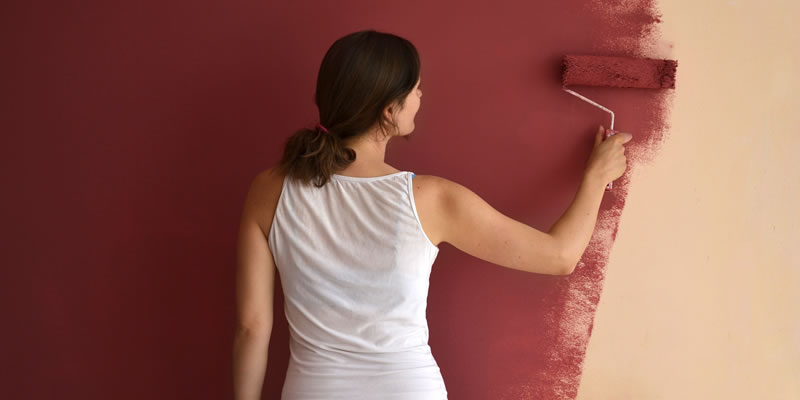
A stimulating color, red can actually cause physical changes like increased appetite, adrenaline, heart rate, and respiration. This makes it a less desirable color for bedrooms, where relaxing colors are preferred. Red is a great choice for entryways and dining rooms, however, because it makes a bold impression, draws attention, and can create energy and excitement.
Blue
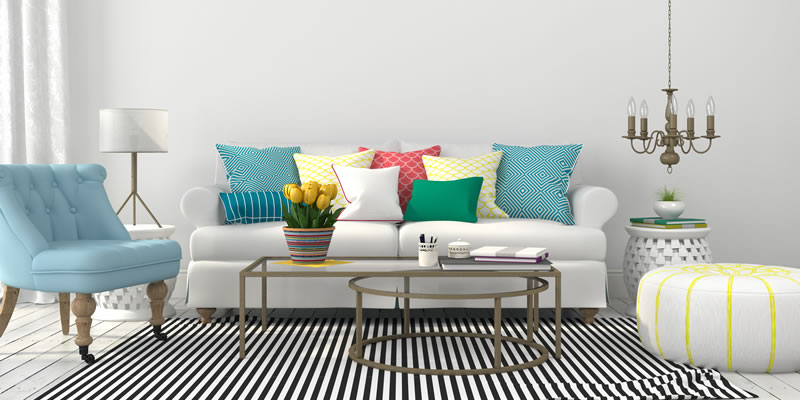
On the opposite side of the mood spectrum, blue has a calming, sedating effect. It can even slow respiration and heart rate. Create a soothing, relaxing feel in a bedroom or bathroom by pairing softer pastel blues with warm tones to prevent making the room feel to stark and cool. Deeper shades like midnight blue or indigo will add mystery to a room, but should be balanced with lighter colors to prevent a sad, melancholy feeling.
Green
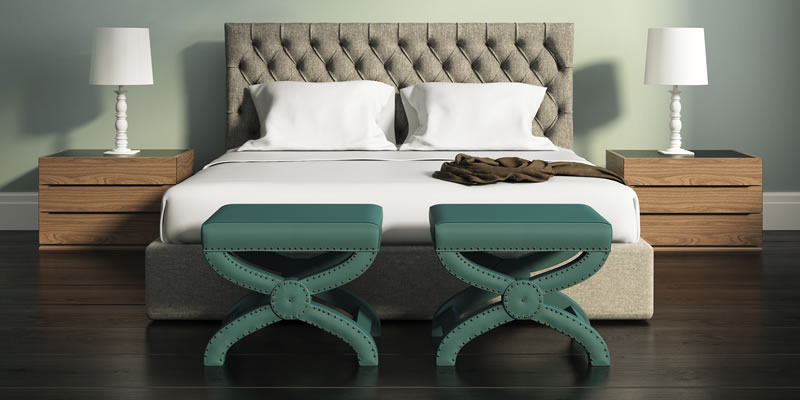
Perhaps because of its close association with nature, green evokes feelings of renewal, balance, and calm. It’s considered to be restful for the eyes and can even help relieve stress. Green is suitable for nearly any room in your home where you want to create an atmosphere of warmth, comfort, and relaxation.
Black

Black is a dramatic color with a powerful feel. Depending how you use black in your décor, you can create an air of danger and mystery, or elegance and formality. Many decorators advise limiting its use to small doses in an effort to avoid creating feelings of sadness. However, a larger dose of black can create an endless feeling that actually make a room seem bigger instead of closed off.
Orange
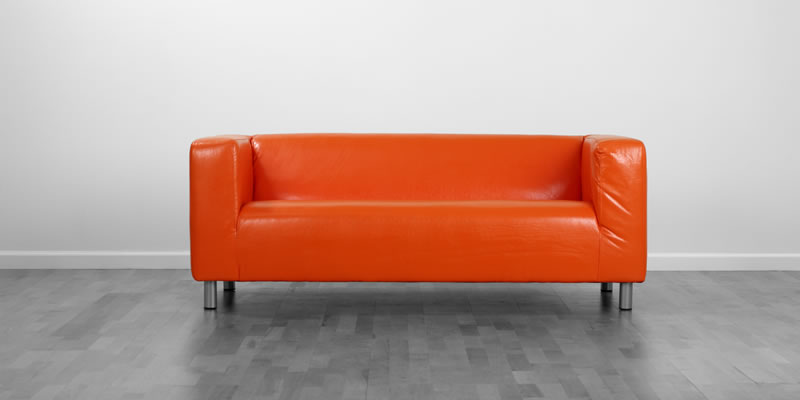
Another exciting color, orange can create feelings of energy and enthusiasm. It’s often associated with creativity, but not everyone loves it. Coppery colors are gaining popularity in decorating, and orange blends well with neutrals, so it’s worth considering. There are a variety of hues available, ranging from cool peach to warm terra cotta or pumpkin.
Pink
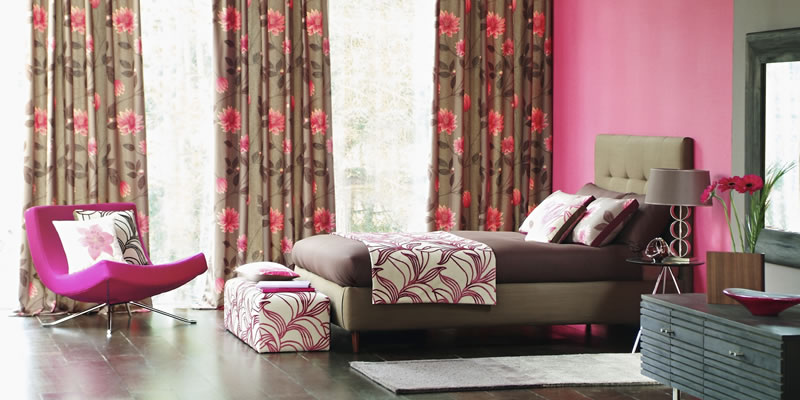
Pink is a calming color, especially when mixed with neutrals like gray or brown. It blends red’s excitement with white’s purity, evoking feelings of innocence, romance, and sweetness. Women in particular connect with this color, because it reminds them of the joy of their youth. These are all reasons why pink tones are frequently chosen for girls’ bedrooms.
Purple
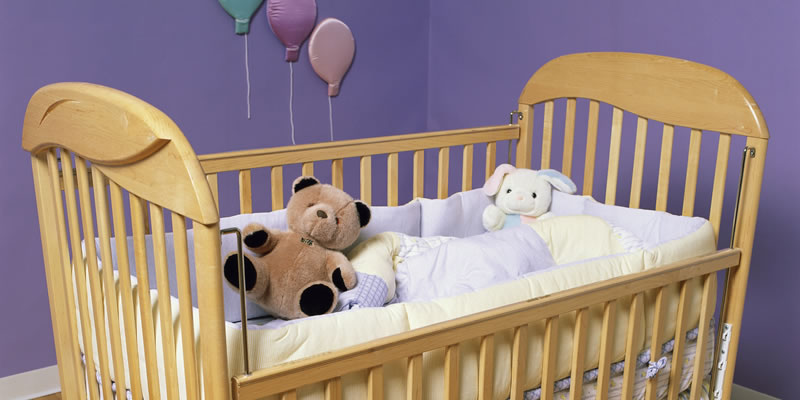
Dark purple tones like eggplant are commonly associated with wealth and royalty, so they can give a more luxurious feel to a home. Deep purple tones, favored by preteen girls, tend to stimulate creativity, so they’re not a restful choice for a bedroom. Light lavender shades can feel cool and uninviting, so choosing use a shade with red or blue undertones, like red-violet or a lavender gray, will make people more comfortable.
Yellow
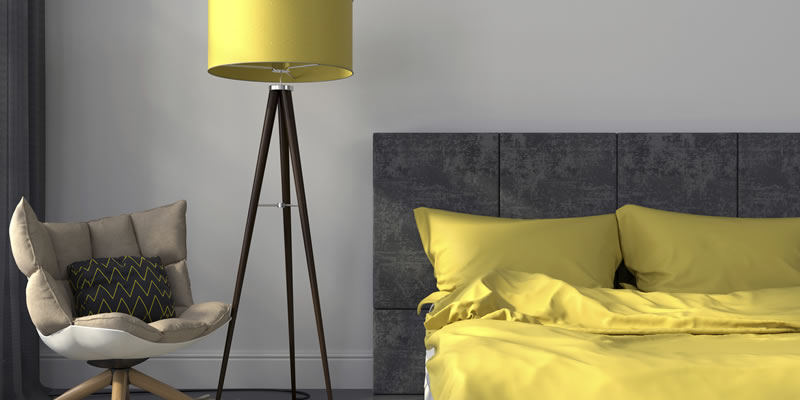
Using soft yellows in a kitchen, bathroom, dining room or hall can evoke feelings of happiness and energy, as well as stimulate imagination and creativity. However, too much yellow in a room can have the opposite effect, producing feelings of anger and frustration. Studies have shown that babies tend to cry more and people lose their temper more in yellow rooms.
Gray
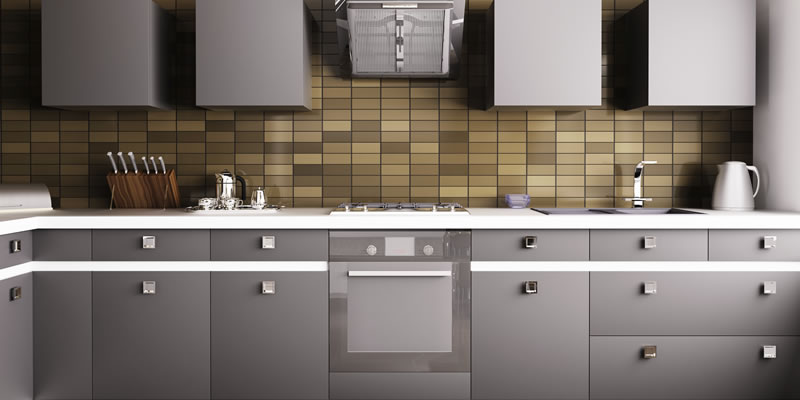
Gray is a sophisticated, sleek neutral that exudes feelings of wisdom, knowledge, intellect, trust, and authority, , For a long time, the only shades available for the home were industrial or battleship grays that felt cold and impersonal, so they were used less frequently. They’re more popular today, because many grays have blue or brown tones that will look great with nearly any color you choose.
Brown
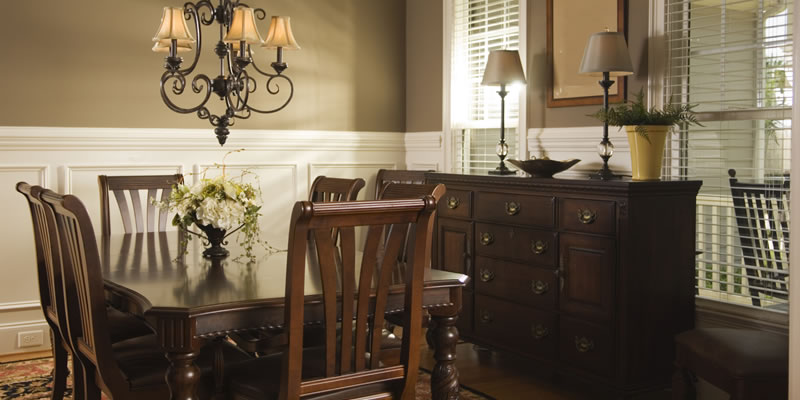
Warm brown tones, like chocolate and espresso, create feelings of togetherness, reliability, intimacy, and approachability. Rooms with deep brown colors tend to seem safe, cozy, and snug, like our own personal cocoon. Rich browns are great for family rooms and living rooms, where people will be gathering for conversation and socializing.
White
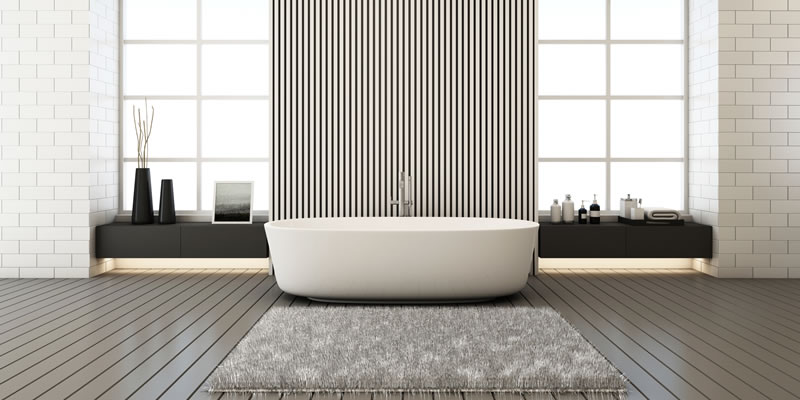
Painting walls white can be considered plain or boring, but it’s a good way to create feelings of cleanliness, purity, and renewal. When choosing paint colors, you’ll find that most whites have undertones like gray, pink, yellow, green or blue. While not true whites, these colors can help prevent a room from feeling stark and cold.
A Final Thought on Color and Mood
While knowing the general psychology of each color is helpful in creating the right atmosphere for your home, keep in mind that you can create different moods by choosing lighter or darker shades and adding complementary colors. Neutrals like white, gray, black and brown can be your best friend, because you can use them to calm down bright colors. By the same token, adding splashes of deeper or brighter colors can liven up otherwise neutral rooms.






